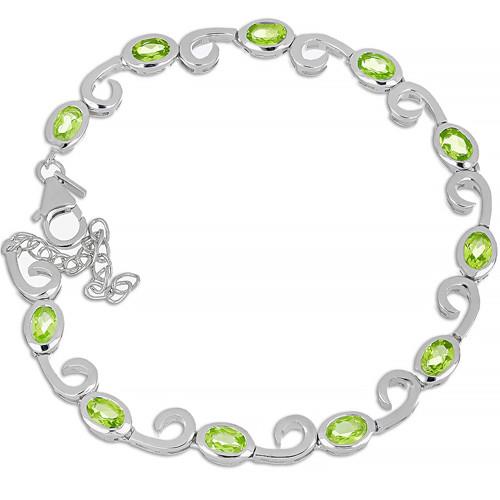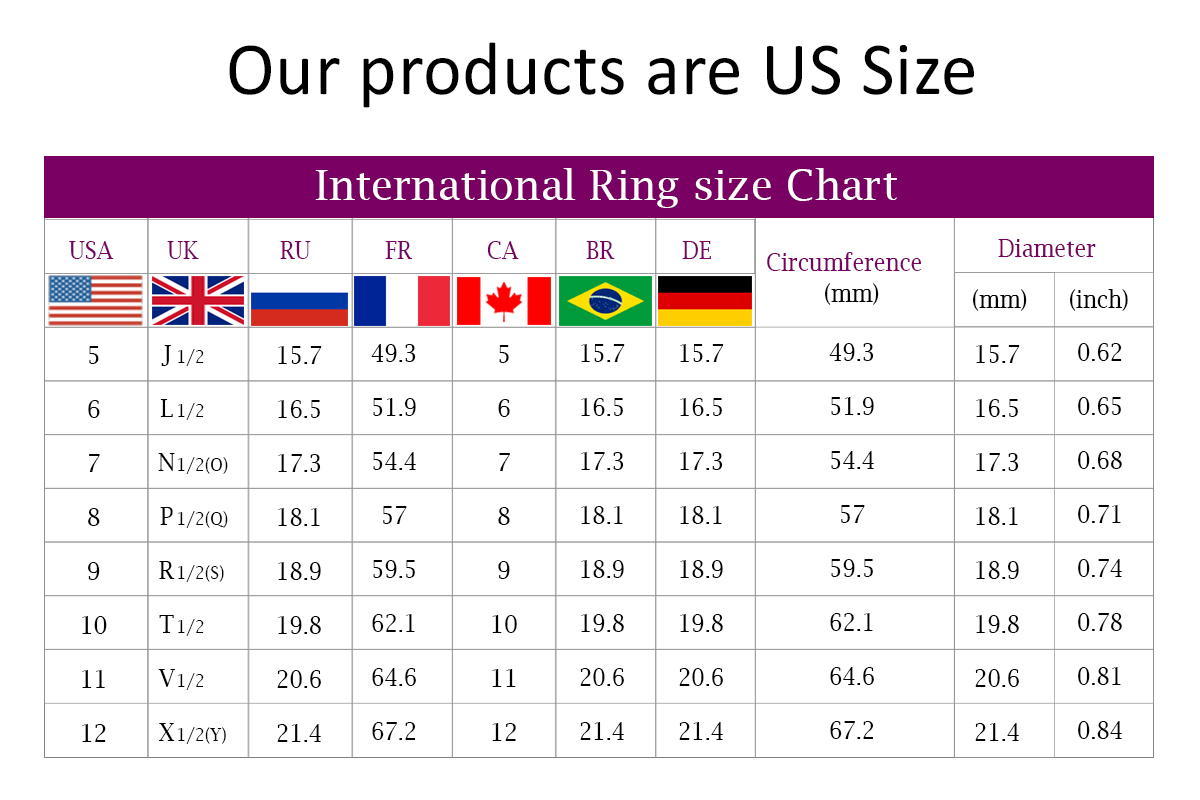
‘One from the stars’ - Peridot (pronounced pair-a-doe) has the distinction of being the only stone found in meteorites. An outstanding shade of olive green, peridot is unique when it comes to its tinge, belonging to the olivine variety of mineral. In fact, it is not officially a single mineral, but rather a composition of two: the iron rich fayalite and the magnesium rich forsterite. Known as the stone of compassion, it is a powerful stone for Leos and August borns as peridot birthstone jewellery.

Named after the French word peritot - literally meaning gold - as the stone’s shade tends towards this colour. It was first mined nearly 3500 years ago in the St. John’s Island, while it was known by ancient Egyptians as the ‘gem of the sun’. Now the ‘national gem’ of the Egyptian Republic, peridot was a special favourite of middle-age crusaders. Europeans used to bring it back to embellish holy plates and crosses in the church, known also to the ancient Hebrews and found in the holy text of Revelations.
An ancient gem, it was once known as chrysolite. Often used as a talisman for warding off negative energies, chrysolite is well-known by gemstone jewellery suppliers UK and US to have great health benefits. Ground peridot has shown exceptionally good-effects in patients of asthma, and is said to relieve of dehydration. It inspires composure in the wearer, enabling him or her to inspire calm in others as well. Peridot’s consistent comparison with solar energies, its likeness to the sun, is considered a great stimulant for the heart and solar plexus.

1. Avoid Heat: Heat changes cause erratic reactions the chemical composition of peridot, and should therefore be avoided at all costs.
2. Soft and Subtle: It is necessary to keep this valuable stone under careful storage. Ultrasonic machines should be avoided, and the low hardness of peridot demands that rings are worn with extreme care to avoid scratches.
Register now to place your first order with no MOQ/MOA.
We will send a security code (OTP) to verify your email. Please check your mail inbox or spam folder.
Please check your mail inbox or spam folder and enter security code (OTP) to verify your email.

(For First Time Buyers only)